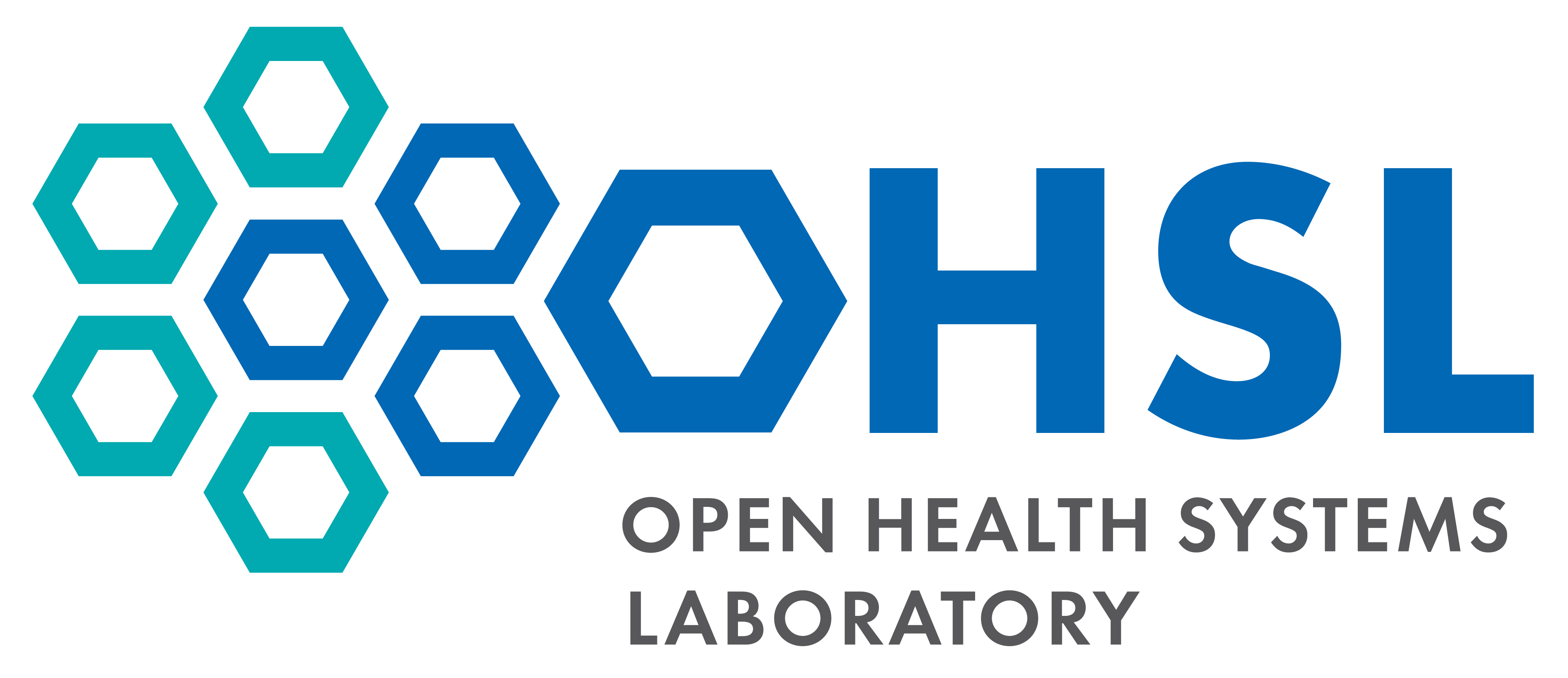Bacterial resistance to antibiotics has become a serious medical problem. Treatment with bacteriophages might pose an effective alternative that has long been known but has been ignored outside the former Soviet Union. The development of phage therapies exemplifies positive as well as negative implications for scientific development that is restricted in its access to the mainstream, English-language dominated scientific community.
The discovery of bacteriophages can be dated to 1896 when Hankins observed natural bactericidal activity in the waters of the Ganges and Yamuna rivers in India. But since actual discovery of phages were reported 20 years later no claims were made that these were bacteriophages (1). Later, in 1915 bacteriophages were reported by a British microbiologist Felix Twort, and in 1917 by Felix d’Herelle (2). From 1920 to 1940, phage therapy was extensively used to treat infectious diseases. For the first time, successful phage therapy in humans was used in 1921 for treating dysentery at Children’s hospital (3). From then on various phage preparations were made and marketed. Phage therapy centres were established by D’Hérelle in various countries such as United states, France, and Soviet Union (2). In 1929, Alexander Fleming discovered Penicillin and the first effective antimicrobials (sulfonamides) were reported in 1937 (4). Hérelle along with Guiorgui Eliava established Eliava institute of phage therapy in 1923 in Georgia, which continued with phage therapy even when antibiotics took over in the west and other parts of the world. Many other institutes such as Pasteur Institute in Paris also continued to work on phage therapy. In the United States, phage therapy was commercialized and marketed by Eli Lily Company in 1940s. Phage therapy was always preferred over antibiotics in many military hospitals located in Georgia, Russia and Poland (5). However, with the success of antibiotics as therapeutics to treat bacterial infections, bacteriophage therapy declined sharply in the western world though continued to be used in several Eastern countries.
Sources
Bunting, J. (1997), The virus that cures.
http://www.bbc.co.uk./horizon/virus.shtml
Chadwick, D.J. and Goode, J. (eds.) (1997), Antibiotic resistance: Origins, evolution, selection and spread. Ciba Foundation symposium 207. Chister, UK: John Wiley & Sons.
Holzman, D. (1998), "Phage as antibacterial tool." Genetic Engineering News, 15 October, pp.1, 12, 41, 48.
Kutter, E. (1997), Phage therapy: Bacteriophages as antibiotics.
http://www.evergreen.edu/user/t4/phagetherapy/phagethea.html
Levin, B. R. and Bull, J. J. (1996), "Phage therapy revisited: The population biology of a bacterial Infection and its treatment with bacteriophage and antibiotics. The American Naturalist, Vol. 146, No.6, pp. 881-898.
WHO (1999), Combating the growth of resistance to antibiotics.
http://www.who.int/dap-icium/posters/2E1_txtf.html
URL: https://www.sciencedirect.com/science/article/pii/B9780123944382000013
Wittebole, X., De Roock, S., & Opal, S. M. (2014). A historical overview of bacteriophage therapy as an alternative to antibiotics for the treatment of bacterial pathogens. Virulence, 5(1), 226-235.
A historical overview of the therapeutic use of bacteriophages https://www.ema.europa.eu/en/documents/presentation/presentation-historical-overview-therapeutic-use-bacteriophages-andrzej-gorski_en.pdf
Abedon, S. T., Thomas-Abedon, C., Thomas, A., & Mazure, H. (2011). Bacteriophage prehistory: is or is not Hankin, 1896, a phage reference?. Bacteriophage, 1(3), 174-178.
Carlton, R. M. (1999). Phage therapy: past history and future prospects. ARCHIVUM IMMUNOLOGIAE ET THERAPIAE EXPERIMENTALIS-ENGLISH EDITION-,47, 267-274.
Dublanchet, A., & Fruciano, E. (2008). A short history of phage therapy. Medecine et maladies infectieuses, 38(8), 415-420.
Davies, J., & Davies, D. (2010). Origins and evolution of antibiotic resistance. Microbiol. Mol. Biol. Rev., 74(3), 417-433.
Satheesh, G., Puthean, S., & Johnson, S. (2018). Retracing Phage Therapy: Key To The Post Antibiotic Era. Clinical microbiology reviews, 7(9), 1560-1573.



